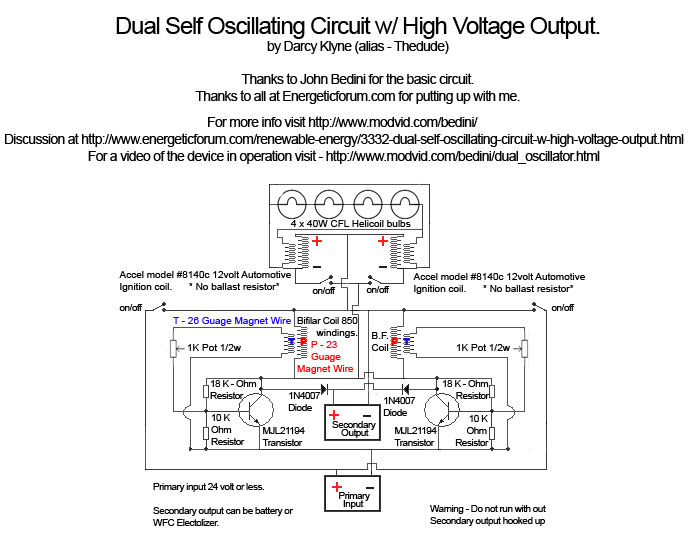Status update:
After running till this morning the unit only managed to get to 10.16 volts. So this supports my earlier assumption that it will not recharge the battery but it doesn't discharge the battery beyond the filling of the cap.
So that was with a 470uf 200v cap. I am now switching to a 220uf cap @ 200v to see if the run nets a charge. Again the battery started at 10.19 volts and is running 2 leds in parallel. I will give it half an hour to an hour to equalize and measure the voltage again. After some run time I'll try the current measurement as well to see if the leakage went down..
After running till this morning the unit only managed to get to 10.16 volts. So this supports my earlier assumption that it will not recharge the battery but it doesn't discharge the battery beyond the filling of the cap.
So that was with a 470uf 200v cap. I am now switching to a 220uf cap @ 200v to see if the run nets a charge. Again the battery started at 10.19 volts and is running 2 leds in parallel. I will give it half an hour to an hour to equalize and measure the voltage again. After some run time I'll try the current measurement as well to see if the leakage went down..

 The LED is brighter and the current draw is lower. Very strange. I am now drawing 0.02ma - 0.03ma with a slightly brighter LED. I am using 47uf 16v caps.
The LED is brighter and the current draw is lower. Very strange. I am now drawing 0.02ma - 0.03ma with a slightly brighter LED. I am using 47uf 16v caps.





Comment